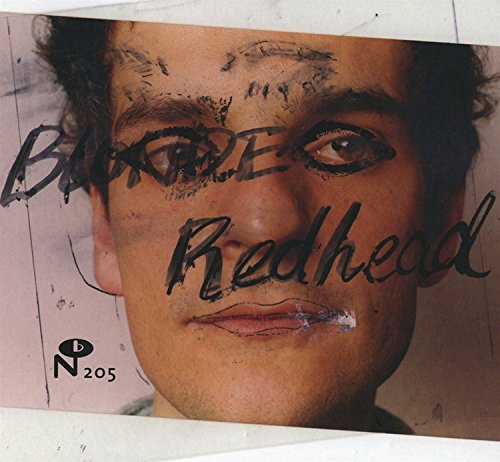Chart horizon: Big Champagne list the Most Popular In Some Way Things
Are charts really all that useful any more? Isn't the pile of data we could be getting from record sales and downloads and streams capable of doing more than producing a 1950s-era ranking of popularity without any indication of how much more popular 37 is than 38?
Big Champagne think not - they think the trouble with charts is that they don't combine enough data, so they've pulled together "song and Album Sales, Radio Airplay, Online Audio and Video Plays, and Fans/Friends/Followers".
The result is the Ultimate Chart, which throws up the sort of Eminem/Katy Perry/Shakira chart you'd probably have got if you'd based it on 'who is on the cover of 17 this week'; you can get a little bit more information about each track's work to achieve the position. So here's how Eminem got to number one:
Ultimate Score
100
Sales
100
Broadcast
21
Watching & Listening
12
Fans, Friends & Followers
42
Those numbers are, you see, "out of 100". So what does that, you know, actually mean?
The Ultimate Chart tries to explain how it works, but ends up just saying "look, it's shiny and uses computers":
How did we reach the Ultimate?
By standing on the shoulders of giants. The Ultimate Chart is an unprecedented aggregation of timely, relevant metrics and a product of our friends' and partners' hard work and well-deserved success. We analyze and integrate information about music everywhere -- from Amazon and iTunes and YouTube and VEVO and Pandora and Clear Channel and Myspace and Facebook and Yahoo and AOL and many, many others.
So that's a slightly vague list - just American sales and plays? Or global? It sounds like radio plays are only coming from the US, but maybe not - and if some of the data is from only one territory, is it weighted? Or is there a way to tell from available data where the end user of a MySpace stream is?
And what are these "many, many others"? It'd be handy to know that.
So, you get data. Then what?
The Ultimate Chart is a chart for the 21st century...
Hey - that's the century that we're in. That can't just be coincidence.
...based on a scalable technology platform developed over more than ten years.
If it's been being developed for over ten years, doesn't that mean it's based on 20th century technology?
We collect billions of points of data, online and off.
Hmm. And this data somehow comes out to Eminem=100? How do you do that?
Our machines are very clever but our analysts are too. Real people grade the computers' work to ensure accuracy.
I love the idea of a computer being given its work back with an "F - see me" scrawled on the top.
I might have missed something here, but I'm a little lost - you collect all this data, which is good, and then people decide if what the computer is doing with it is "accurate". (A person more accurate at crunching numbers than a computer, of course.) But what are the computers doing?
We collect more relevant information from more sources than anyone ever has, by our count.
But... what are you doing with it?
The ultimate chart, then, appears to be just as opaque as the 1952 NME top 12 - more opaque, actually, as at least it was clear exactly what they were measuring in the 1950s.
All those billions of points of data, and they end up with something Dick Clarke would recognise. I can't help feeling it's an opportunity missed.









1 comment:
Allow me to explain, it's perfectly simple; At long last, a company has realised that what the world has been crying out for is a clear, concise rundown of which artist's fans can spend longest clicking 'reload' on Youtube whilst clogging up Twitter with endless fucking messages saying "PLEASE RT!!! GET #JLSfornumber1 TRENDING!!!"
Post a Comment
As a general rule, posts will only be deleted if they reek of spam.